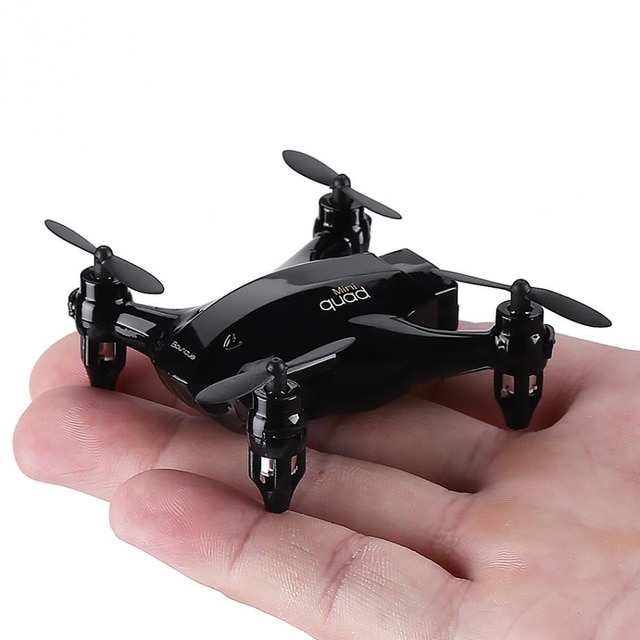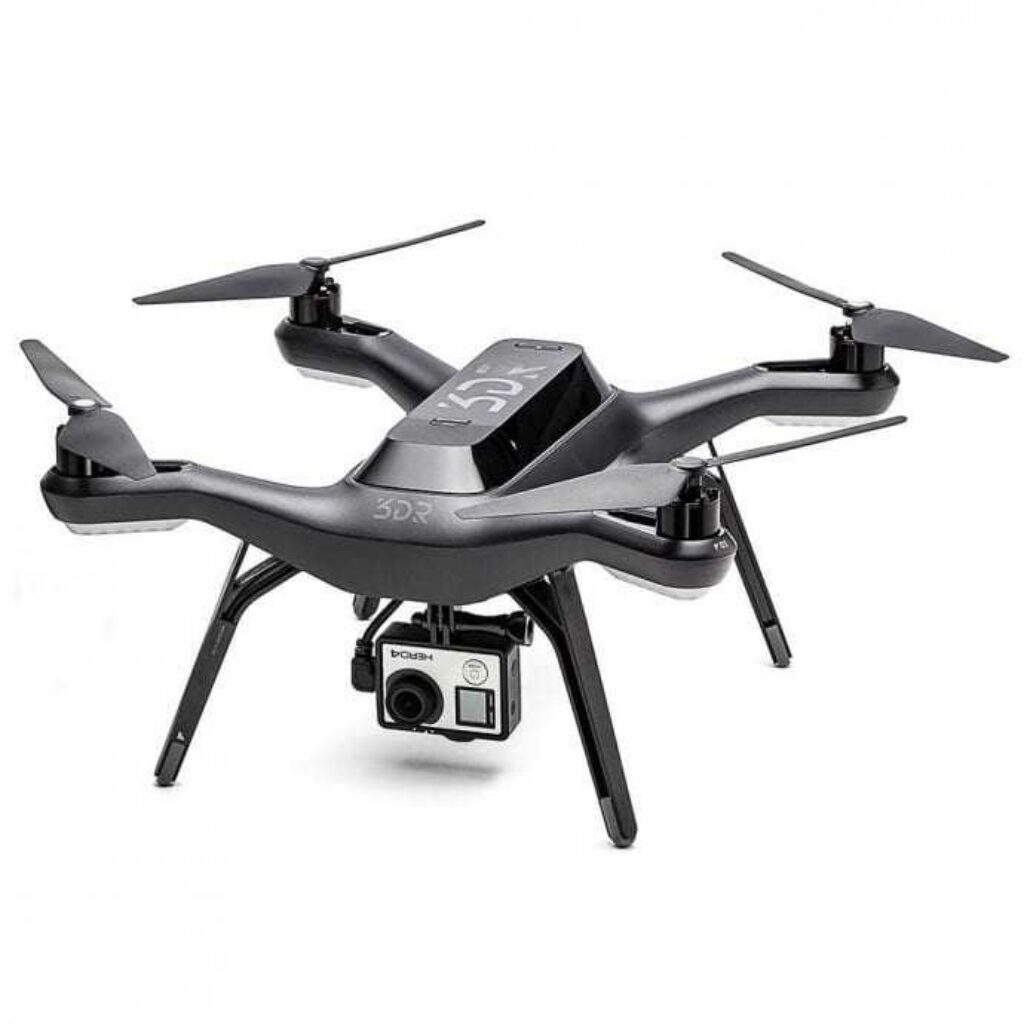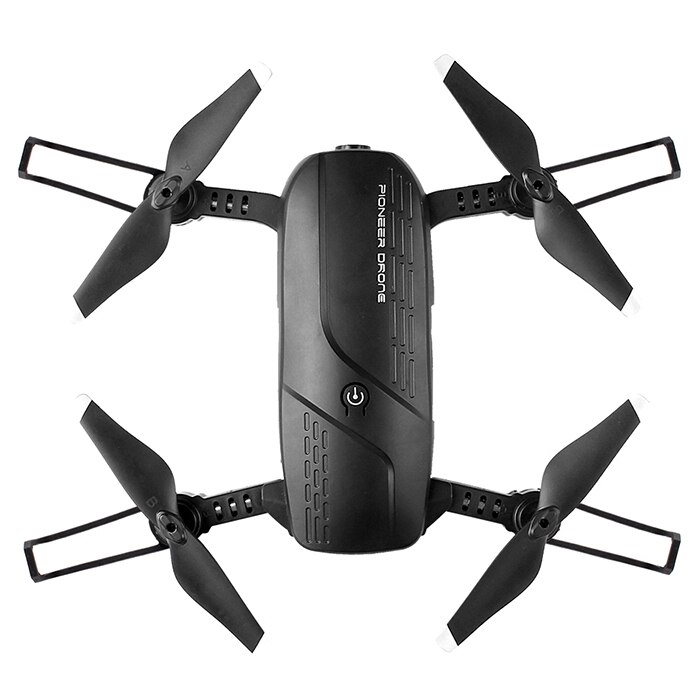
The use of drones for solar farms has many benefits. Using these machines eliminates the risk of rooftop work while ensuring that solar panels are safe and the electrical substations are functioning correctly. Drones also provide thermal readings and can zoom in on individual panels, helping to identify errors and problems without delay. This article will describe how thermal imaging can benefit drones for solar farms. Continue reading to find out how drones can help improve your operations.
Thermal camera mounted on a drone
FLIR Vue Pro (640), a thermal camera, was mounted on a quadcopter multi-rotor. The focal length was 9mm. It captured NADIR images at an average rate of one per second. The first inspection yielded thermal images with a resolution of about 10 centimeters. The second inspection yielded eleven images which took less that five minutes to process. The thermal images provided enough information to allow for fast inspection of replacement work. The thermal camera's high image overlap, low motion blur and other advantages are its best features.
Reduces human error
There are many benefits to drone technology. Drones are capable of performing many solar tasks such as monitoring, inspections that are time-critical, and planned maintenance. Operators can diagnose problems quickly and efficiently using data collected by drones. It can quickly detect defective solar panels and identify problems before they affect energy output. Drones can be used to minimize human error in evaluating solar power plant.

Improves data quality
Drones can improve the quality and reliability of solar farms' data. They can take thermal readings or zoom in to provide additional information. PV operators can ensure their panels are correctly installed and that operations run smoothly by using drones. DJI Matrice drones rank among the top-tech industrial workers. They offer IP43 foul-weather capability, extended flight time, and are highly-recommended. In addition to their superior engineering capabilities, these drones excel in broadcasting/filmmaking functions and in the solar industry.
This speeds up inspections
The use of drones can dramatically speed up solar inspections. Drones can fly over a 10 kilometer area and scan individual solar panels. Manual solar inspections, by contrast, only analyze two to three percent of modules and can produce highly inaccurate results. Drones can scan each module and report the results with far greater accuracy. Using drones also helps solar farm operators reduce the cost of solar panels and reduce the need for human intervention.
Reduces the cost
Drone technology has the potential to reduce costs in many industries. Solar energy is one example of a sector where drones can cut costs up to 70%. Drones can cost-effectively assess rooftop energy potential and carry out maintenance inspections. They also scan land at 'exceptionally fast' speeds. Drones can help reduce the cost of all phases of solar operations, including planning and maintenance.

FAQ
Can I fly my drone indoors?
Yes, you can fly your drone indoors. Your home should be free from obstacles and hazards. For instance, avoid flying near windows and doors, heating vents, heating units, air conditioning units, electrical outlets or water pipes.
Is it illegal for a drone to be flown?
Flying drones is an offense in certain countries, including Australia, Canada, Germany and Japan. However, it is legal in other countries like France, Italy, Netherlands, Poland, Russia, Switzerland, Turkey, Ukraine, and Vietnam.
Is it safe to fly a drone while driving?
Drone flying while driving can be dangerous as you may collide with another vehicle or object. Also, you could hit pedestrians or animals. Additionally, hitting power lines, trees or buildings could cause damage to your car.
Statistics
- With the top 10% making over $100/h and the bottom 10% making as low as $10/h. (dronesgator.com)
- According to Indeed, a drone pilot gets paid $25.73 per hour on average in the US. (dronesgator.com)
- According to the multiple listing service (MLS), houses and apartments with drone photographs are up to 68 percent more likely to sell than those without pictures. (thedroneu.com)
External Links
How To
How can I clean my drone?
The tips below are some things you should know before cleaning your drone. This guide will help ensure that your drone gets every bit of its potential.
-
Make sure you have the right tools. Before you start anything, make sure you have everything you need at hand. A soft toothbrush (or a toothbrush), and a cleaning solution (we recommend using WD40).
-
The battery pack should be removed. First, get rid of the battery. It is often easy to find the battery beneath the propeller. Be careful not to loose screws during removal.
-
Take off all parts. Next, remove everything from the drone's lower side. Check that none of them are loose, as they may fall off when you try to clean the machine.
-
Use a cleaning agent. Now it's time for your drone to be cleaned. Before doing so, we recommend using a cleaning solution such as WD40. Spray the entire surface with the cleaner. Make sure you get in between every part. It is best to let it dry completely before attaching everything.
-
Replace the battery. Finally, once you've cleaned your drone, it's important to put the battery back in place. So you can check the performance of your drone after cleaning it.